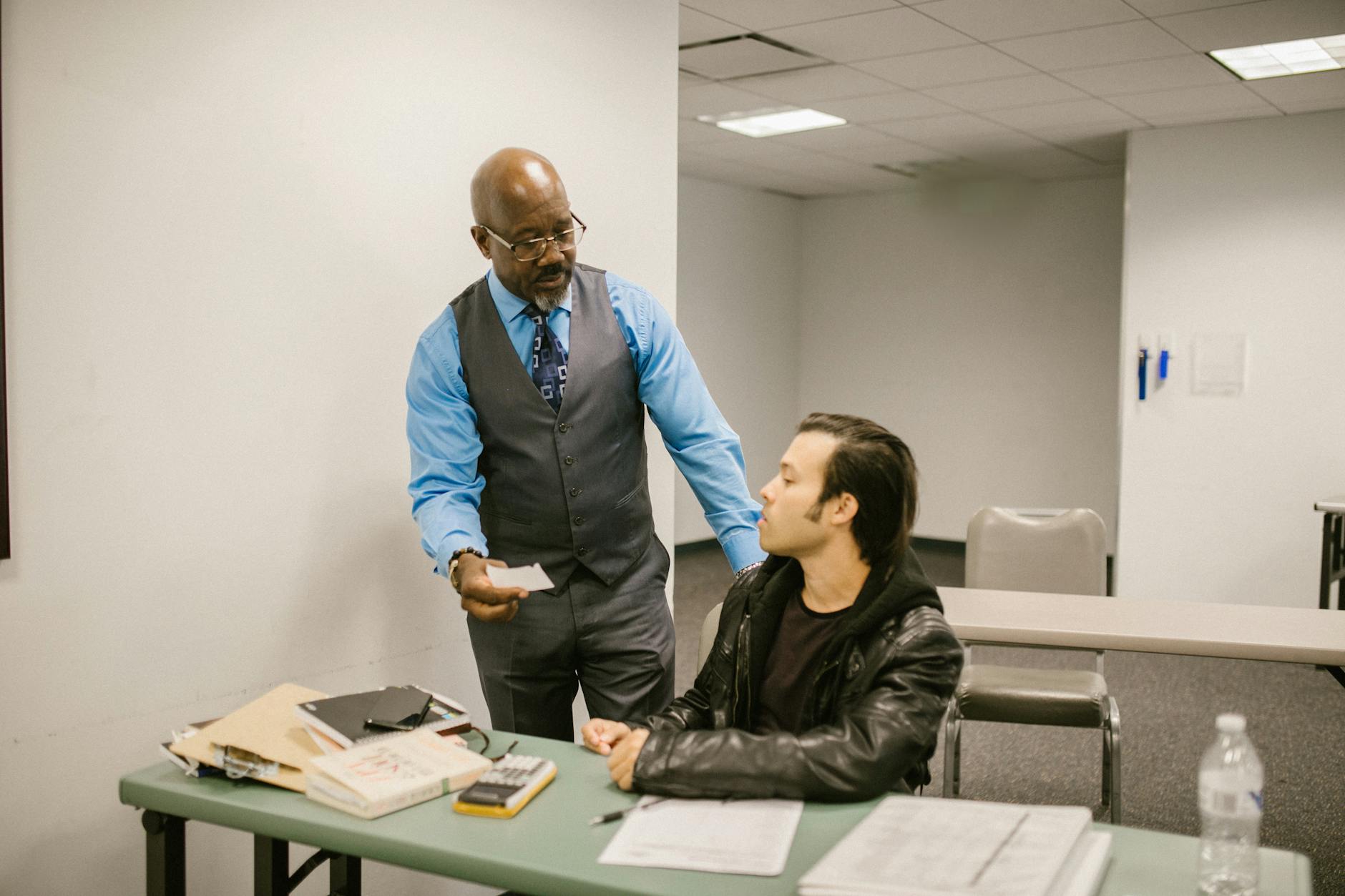Pup Potty 101: Ace Dog Bathroom Training

A well-trained pup is a happy companion and a joy to have around the house. One of the first and most crucial milestones in a dog's life is learning proper bathroom habits. This process, known as house training or housebreaking, can be smooth and effective when approached with patience, consistency, and the right techniques. Pup Potty 101 is your comprehensive guide to navigating the sometimes-tricky journey of dog bathroom training. Here, we delve into methods and tips to set your dog up for potty success.
Understanding Your Pup's Needs
Before embarking on bathroom training, it's important to understand a puppy's physical abilities. Puppies have small bladders and will need to go out frequently. Generally, a puppy can control their bladder for one hour for every month of age. So a two-month-old puppy might need a potty break every two hours.
Establishing a Routine
Create a consistent schedule for feeding, play, and potty breaks. Dogs thrive on routine, and establishing a predictable schedule helps your pup understand when it's time to go. Early morning, after meals, playtime, and before bedtime are crucial times for bathroom breaks.
Choosing the Right Location
Select a designated area outside where your pup will consistently go to relieve themselves. Consistency is key. Always take your pup to the same spot as it will help them associate that area with bathroom time due to the scent.
Praise and Positive Reinforcement
Whenever your pup successfully goes potty outside, immediately reward them with praise and a treat. Positive reinforcement makes them more likely to repeat the desired behavior. Be enthusiastic—your pup will understand that they've done something good.
Dealing with Accidents
Accidents are a natural part of the house training process. Never punish your pup for an accident; it can lead to fear and confusion. Instead, clean up the mess with an enzymatic cleaner to remove the scent and avoid drawing them back to the same spot.
Crate Training
Using a crate can be a helpful tool in bathroom training. Dogs naturally avoid soiling their sleeping area. The crate should be large enough for the pup to stand, turn around, and lie down comfortably, but not so large that they can use one end as a bathroom. Crate training should be done compassionously, ensuring your pup feels safe and not trapped.
Knowing the Signs
Learn to recognize the signs that indicate your pup needs to go. Sniffing, circling, whining, or scratching at the door are common indicators. Respond quickly when you notice these behaviors to prevent accidents and reinforce the right habits.
Patience and Consistency
Training takes time and every pup learns at their own pace. Be patient and maintain consistency in your approach. With love and persistence, your pup will learn where and when it's appropriate to relieve themselves.
Conclusion
With the right approach outlined in Pup Potty 101, bathroom training your dog doesn't have to be a daunting task. Remember that every pup has a unique personality and may require slight adjustments to the training methods. Celebrate the small successes, stay consistent, and provide plenty of love and encouragement along the way. Soon, your furry friend will be fully house-trained, resulting in a comfortable and clean environment for both of you to enjoy.